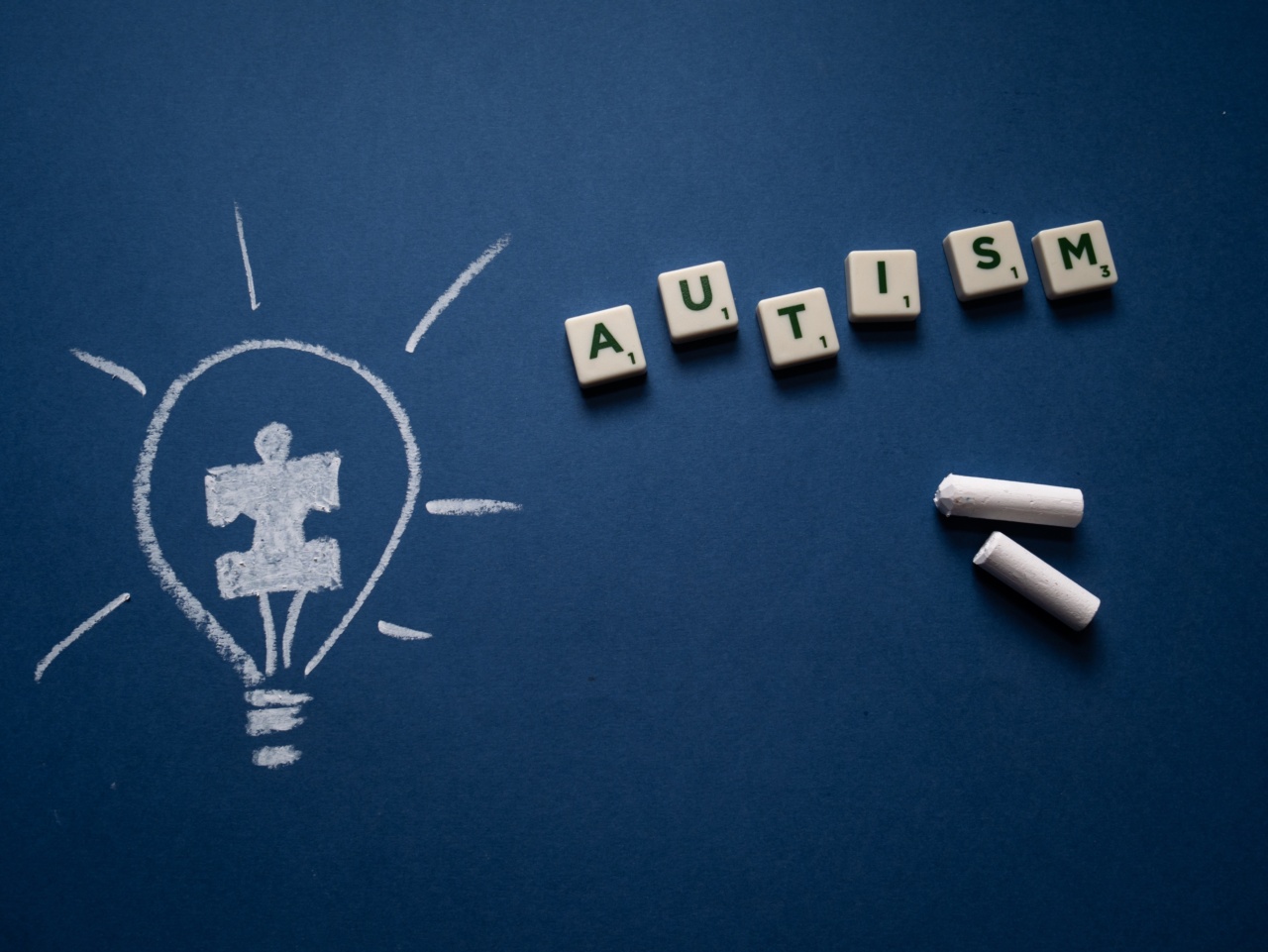Blue is a rare respiratory disorder that affects people of all ages. This condition is characterized by a bluish discoloration of the skin, lips, and nail beds due to low levels of oxygen in the blood.
It is a serious condition that requires immediate medical attention. In this article, we will be discussing the symptoms of blue.
Symptoms of Blue
Bluish Skin
The most common symptom of blue is bluish discoloration of the skin, lips, and nail beds. The skin may appear blue, gray or pale due to a lack of oxygen in the blood.
This discoloration will be more prominent in areas with fine blood vessels such as the lips, fingers, and toes.
Shortness of Breath
A person with blue may experience shortness of breath or difficulty breathing. This is due to the lack of oxygen in the blood. The person may feel like they are suffocating and may struggle to catch their breath.
They may also feel tired or weak as a result of the lack of oxygen.
Chest Pain
Another symptom of blue is chest pain. This can be a sign that the heart is not getting enough oxygen due to the lack of oxygen in the blood. The chest pain may be sharp or dull and can be felt anywhere in the chest.
The person may also feel a tightness or pressure in their chest.
Fainting or Dizziness
People with blue may experience fainting or dizziness, especially when standing up or sitting down. This is due to the lack of oxygen in the brain. The person may feel lightheaded or dizzy and may need to sit down or lie down to prevent falling.
Clubbed Fingers
Clubbed fingers are another symptom of blue. This is a condition where the fingertips become wider and the nails curve around the fingertips. Clubbed fingers are caused by the lack of oxygen in the blood and are a sign of a chronic respiratory disease.
Sleep Apnea
A person with blue may also have sleep apnea, a condition where they stop breathing temporarily during sleep. Sleep apnea is caused by the airway becoming blocked, preventing the person from breathing normally.
This can lead to snoring, gasping, or choking during sleep, and can cause the person to wake up feeling tired or fatigued.
Chronic Cough
Chronic cough is another symptom of blue. The person may cough up mucus or phlegm from the lungs. This can be a sign of an underlying respiratory condition that is causing the lack of oxygen in the blood.
Swelling in the Legs
People with blue may also experience swelling in their legs. This is due to the heart not being able to pump enough blood to the legs due to the lack of oxygen in the blood. The person may also experience fatigue or weakness in the legs.
Fatigue or Weakness
People with blue may experience fatigue or weakness due to the lack of oxygen in the blood. This can make it difficult for them to perform normal daily activities such as walking, climbing stairs, or carrying objects.
Loss of Appetite or Weight Loss
Loss of appetite or weight loss can be a symptom of blue. This is due to the body not getting enough oxygen to function properly. The person may feel too tired to eat or may lose their appetite due to the difficulty breathing.
Conclusion
Blue is a serious respiratory disorder that requires immediate medical attention.
The symptoms of blue include bluish skin, shortness of breath, chest pain, fainting or dizziness, clubbed fingers, sleep apnea, chronic cough, swelling in the legs, fatigue or weakness, and loss of appetite or weight loss. If you or someone you know is experiencing any of these symptoms, seek medical attention immediately.




























